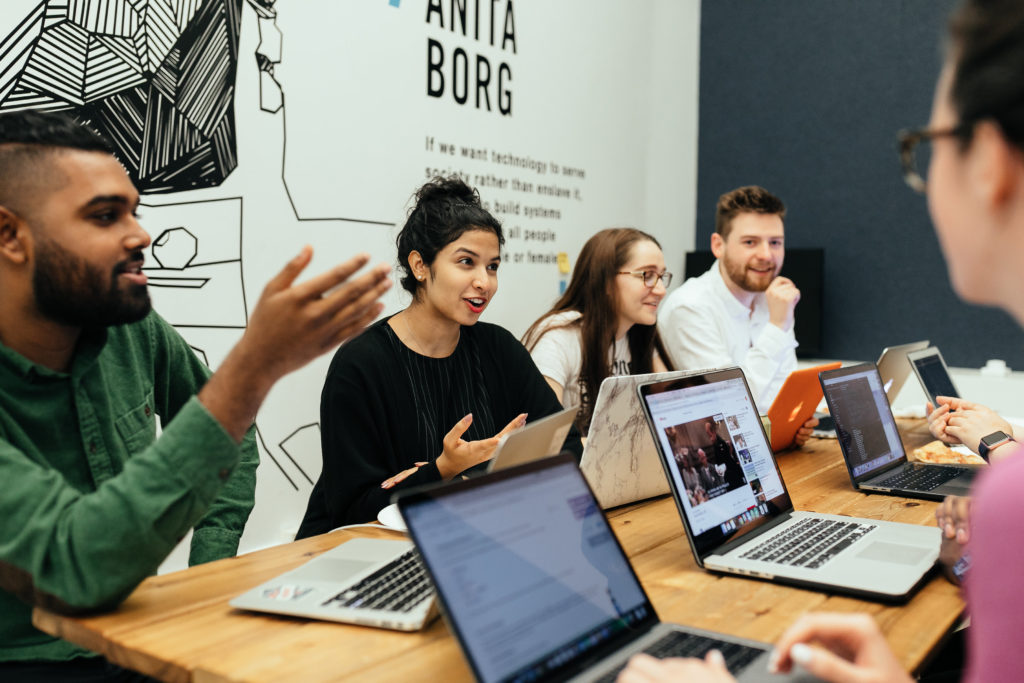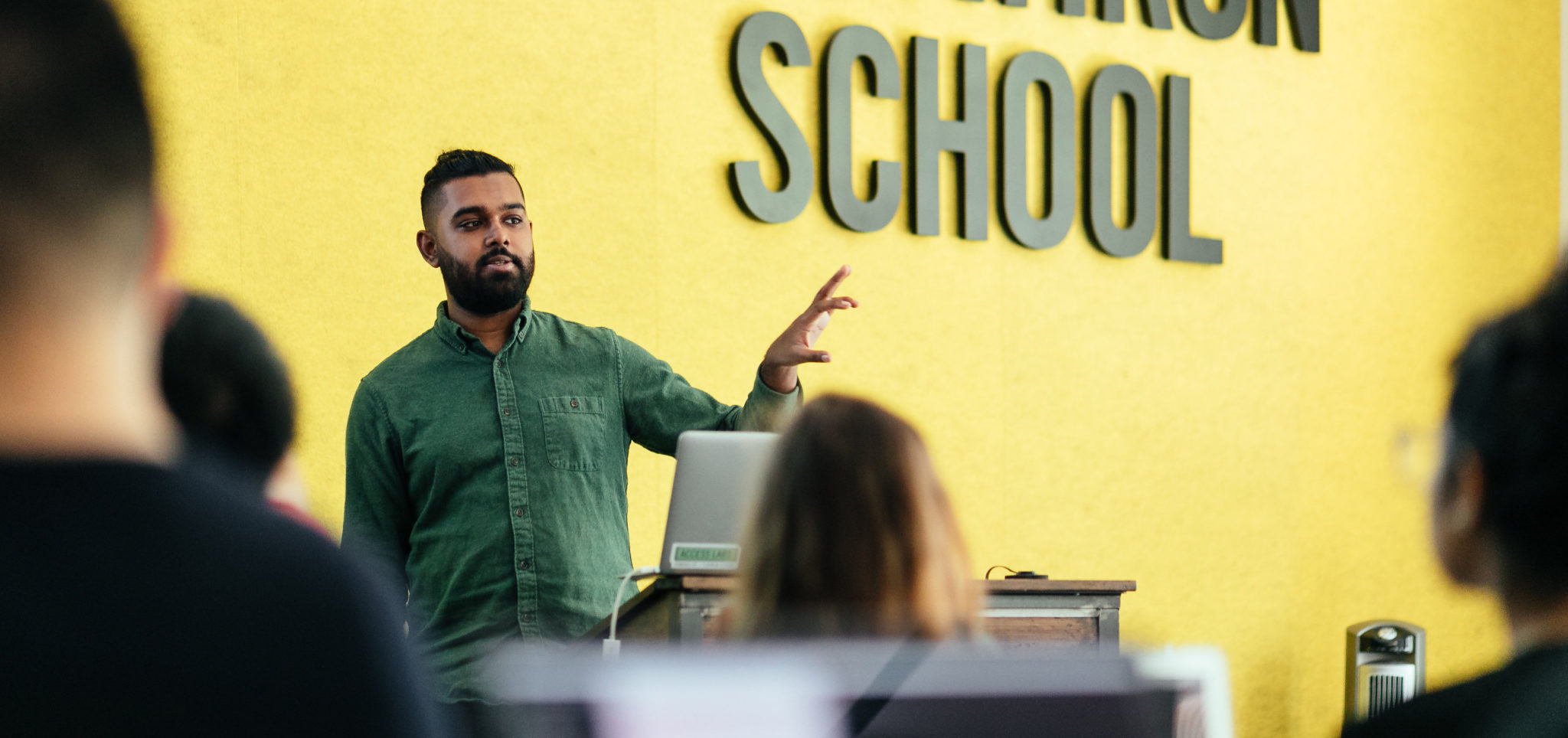How can a curriculum be accessible for people from almost any background, but also produce great results and turn them into coders? That’s a question we’re obsessed with at Flatiron School. While we want to remove the barriers to education, it has to be a quality education — otherwise, it doesn’t benefit the student.
We’ve worked extremely hard to find the right balance.
Here’s how Flatiron School combines accessibility with rigor to create a world-class coding bootcamp.
An accessible curriculum…
Flatiron School does not expect students to be coding experts.
“We accept students knowing they may not come in with an intense technical background,” Jeff Katz, our Data Science Curriculum Writer and Lead Instructor, said. “Some schools presume students come in with a math background or coding background, but we teach students the material they need to know either through the pre-work or in the coursework,” Jeff said.
Every student enrolled in a career-change coding bootcamp, like the Software Engineering Immersive or the Data Science Immersive, completes 100 hours of pre-work before the first day of their bootcamp. This prepares students for the course and pace of a coding bootcamp. This way, on day one, students are ready to go.
Bootcamps are typically divided into five modules. The first module, lasting 15 days, teaches students a general overview of the tools and skills of a data scientist or software engineer. Successive modules build on skills developed in previous modules. In later modules, the focus shifts to more narrow topics as topics become more advanced.

Students learn to gather, clean, analyze, and present data using visualization libraries in the first module of the Data Science Immersive, for example. The goal is to teach the fundamental programming concepts and use Python and SQL.
“When students graduate they’ve been exposed to many aspects of computer programming and web development, but they also leave with the ability to learn new things and to work with many other different people as part of a community,” Tim Campbell, Lead Instructor for our Software Engineering Immersive, said.
…mixed with built-in support…
We also created Learn.co, our proprietary platform, to be an intuitive experience. Learn makes it easy for students to focus on the work itself and there are plenty of built-in support features to help students get unstuck.

Students are never alone in their education and are paired with partners who can offer emotional or technical support. There are scheduled study groups, and all students have 1:1 access with mentors and instructors to guide them through any challenges.
After Module A, students will have completed over 200 hours of programming and coursework. This prepares students to dive deeper into the coding bootcamp and to feel confident with the more-advanced coursework ahead.
“The curriculum is rigorous, but the community of peers and instructors is what makes the program itself accessible.”
Take the quiz: What Coding Course Is Right For Me?
…and backed by rigor
Our coding bootcamps are rigorous because graduates should be great programmers and ultimately excellent employees. Flatiron School graduates get job offers and raises both because of their technical skills and their soft skills developed during their cohort.
After 200 hours of mastering the fundamentals, for example, Data Science Immersive students start diving into statistics models in Module B while deep learning principles are covered in Module C and Module D.
Modules C and D cover multiple topics in Machine Learning. Module C is dedicated to regression optimization and big data. In this module, students learn decision tree learning which can be used for predictive models. Module D builds on those skills and focuses on classification and deep learning. More than 200 hours are spent on Machine Learning before students begin their final projects.
In later modules of our Software Engineering Immersive, students will experience a similar deep dive into more advanced topics. While Module 1 covers programming fundamentals, Module 4 covers front-end frameworks that build off the student’s knowledge of JavaScript.
After 500 hours of prep work and coursework, students begin their final project. They get to show off everything they learned, as well as their interests.
In our data science courses, by this time, students will have a complete portfolio and the opportunity to lead a Technical Presentation to further hone their skills as a data scientist.
Proven results
Our approach to accessibility has led to thousands of students starting their careers in tech. In our latest, independently verified Jobs Report, 97 percent of job-seeking students in our NYC Immersive accepted job offers. That’s the result of expert instructors, dedicated students, our Career Services team, and a world-class curriculum developed to train students to become great programmers and collaborators.
If you’re interested in learning more, you can visit our Courses page or read what our alumni have said about their experiences. If this mix of accessibility and rigor sounds appealing to your, reach out to our admissions team who will be happy to answer your questions!
Written byFLATIRON SCHOOL
Make yourself useful.

